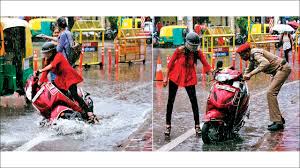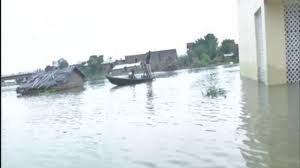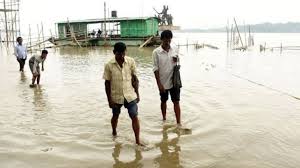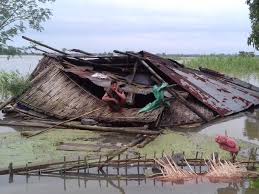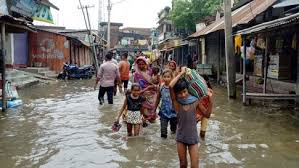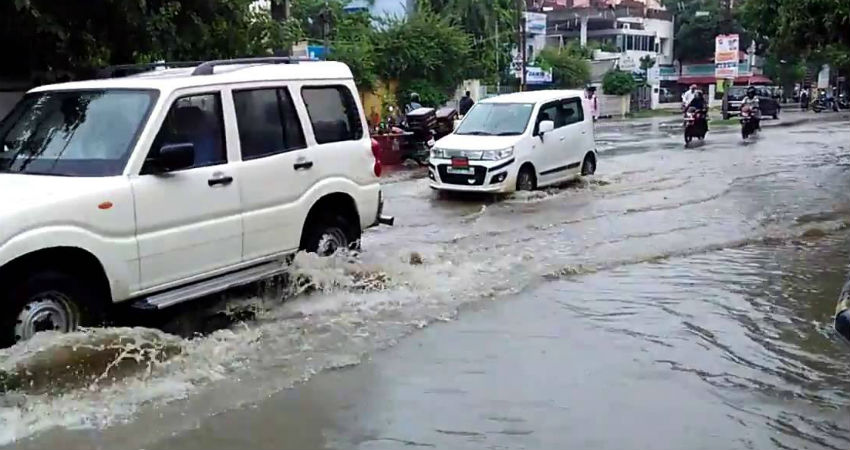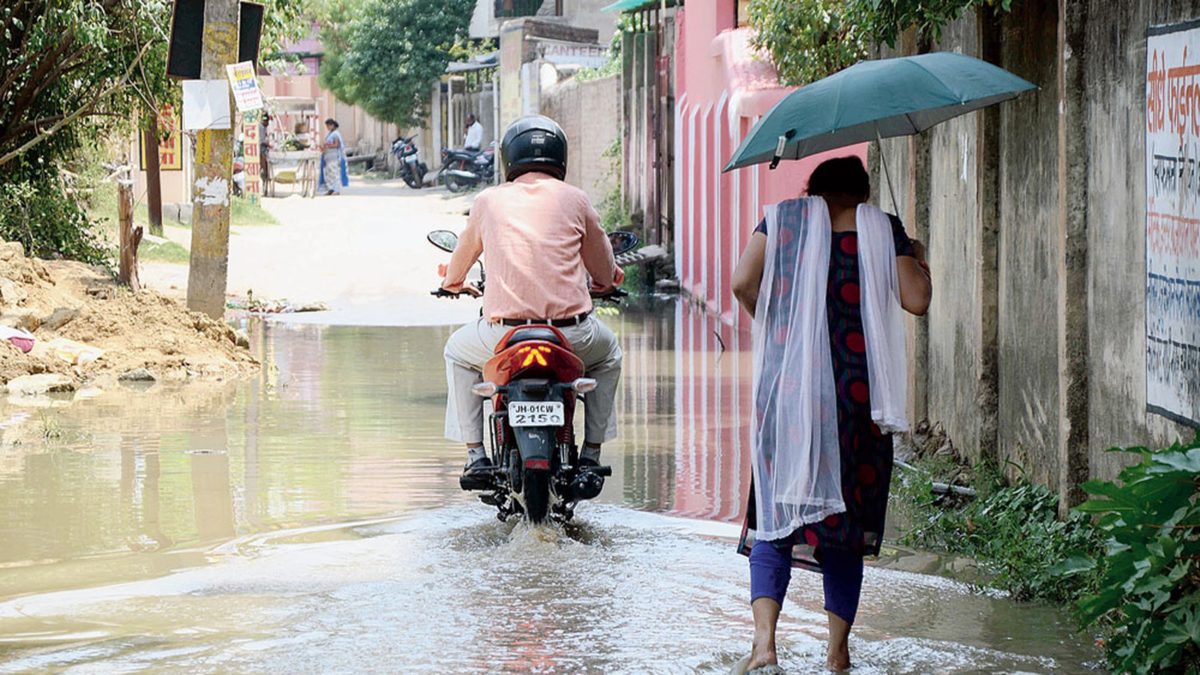Source: indiatoday.in
ive persons were killed and over 5,000 were evacuated in Gujarat which was battered by nearly 500 mm of rain till Thursday morning, even as Assam and Bihar heaved a sigh of relief as the flood situation in the states improved considerably for the second consecutive day.
Water from the overflowing Vishwamitri river entered several localities in Gujarat’s Vadodara.
Four persons were killed in Bajwa area after a wall collapsed due to heavy rain. The body of an unknown man was recovered from Khodiyarnagar area Thursday, Vadodara district collector Shalini Agarwal told PTI.
According to figures provided by the state government, Vadodara received a staggering 499 mm of rainfall in 24 hours ending 8 am on Thursday.
Of this, 286 mm of rain fell in just four hours, between 4 pm to 8 pm on Wednesday, the release said.
Close to 9 million people are said to be affected by floods in Bihar till Thursday though the number of casualties remained unchanged, at 130, for the second consecutive day, according to the state disaster management department.
Torrential rainfall in Nepal in the second week of July, besides heavy showers in districts of Bihar situated on the border, had caused half a dozen rivers, including Bagmati, Kamla, Khiroi and Burhi Gandak to swell, which continue to be above danger level at many places.
Assam’s flood situation also improved considerably with the water level of all the major rivers and its tributaries receding and life was slowly returning to normal in the flood affected districts.
A population of 3,64,553 in 459 villages of 12 districts are currently affected by the floods, according to the flood bulletin of Assam State Disaster Management Agency (ASDMA).
The marooned districts are Dhemaji, Darrang, Barpeta, Biswanath, Sonitpur, Chirang, Kamrup, Morigaon, Nagaon, Golaghat, Jorhat and Charaideo.
There was no report of any fresh casualty and the death toll in the current wave of floods in the north eastern state stays at 86.
It was a hot and humid day in the national capital with the mercury settling at 36.9 degrees Celsius, three notches above the normal.
The minimum temperature settled at 27.8 degrees Celsius, a notch above normal, a Meteorological (MeT) Department official said.
Meanwhile, the India Meteorological Department (IMD), said the monsoon is expected to be normal in August and September, in its forecast for the second half of the four-month rainfall season.
Mritunjay Mohapatra, Director General of IMD, said the next two weeks are expected to bring good rainfall due to formation of a low pressure area in the north Bay of Bengal.
Light to heavy rains lashed several places in Himachal Pradesh, while a yellow weather warning for heavy rains has been issued in the state for this weekend.
Una received the highest 76 mm rainfall in the state, followed by Amb (30 mm), Sundernagar (24 mm), Mandi (20 mm), Bhuntar (15 mm), Manali (12 mm), Shimla (7 mm), Dalhousie and Kufri (1 mm each).
The highest temperature in the state was recorded at 29.6 degrees Celsius in Nahan, while the lowest temperature was 14 degrees Celsius in Keylong, the official said.
The Shimla MeT centre has forecast rains in the state till August 7, and issued a yellow warning for August 3 and 4.
Downpour in parts of Kashmir brought down the temperature in the Valley, even as rain caused waterlogging in many regions.
Light rainfall started in the city around 7:30 am. The downpour got heavier as the day progressed, leading to waterlogging of roads in many areas of the city, including the commercial hub of Lal Chowk, officials added.

